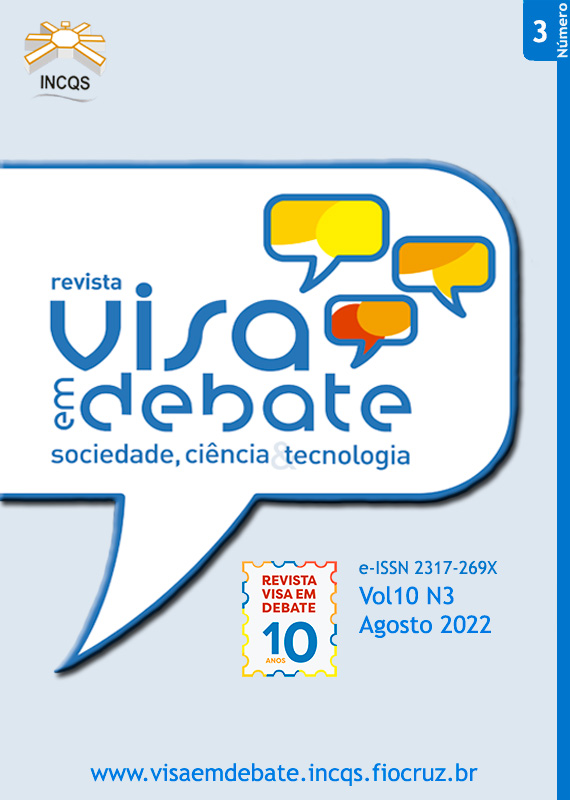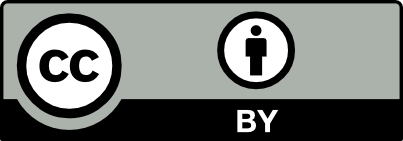Himalayan pink salt: iodine, colorants research and labeling evaluation
DOI:
https://doi.org/10.22239/2317-269x.01994Keywords:
Sodium Chloride, Iodination, Legislation, Iodine DeficiencyAbstract
Introduction: Himalayan pink salt has stood out in the Brazilian market for its attractive colors, in addition to appeals to the consumer that highlight it as a “more natural” product and with a great diversity of minerals as it is a rock salt. The iodine content in pink salt consumed in the country is still little discussed, but vital to keep Iodine Deficiency Disorders (DDIs) under control. Objective: Evaluate Himalayan pink salt samples for iodine contents,
presence of artificial colorants and labeling. Method: Seventy-one samples from thirteen cities of the São Paulo State were analyzed for determination of iodine added as iodate, qualitative testing colorants, and labeling evaluation based on Brazilian legislation. Results: A high rate of unsatisfactory iodine content was found (56%), even higher in salts sold in bulk (74%). It was found that among the unsatisfactory samples, the highest percentage of inadequacy (28%) was the absence of iodine, exposing the consumers of this product at risk for DDIs. The most
frequent labeling irregularity was the absence of iodine declaration (46%), with contradictions between label declaration and effective presence evaluated analytically. Unforeseen (27%) or superlative (14%) quality expressions were verified, as well as claims not supported by scientific
studies, such as 60% reduction in sodium and presence of 84 minerals. No sample showed colorants addition. Conclusions: Himalayan pink salt samples analyzed showed important irregularities for health of the population, especially regarding the iodine content, but also labeling inaccuracies that compromise access to correct information about the product.
Downloads
Downloads
Published
Issue
Section
License
Copyright (c) 2022 Marcia Regina Pennacino do Amaral-Mello, Jamila Barbosa, Nelson Aranha Dias, Roberta Franceze Paiva Martins , Regina Sorrentino Minazzi-Rodrigues

This work is licensed under a Creative Commons Attribution 4.0 International License.
COPYRIGHT ALLOWANCE The author (s) hereinafter designated as the ASSIGNOR hereby assign and transfer, free of charge, the ownership of the copyrights related to this ARTICLE to the Vigilância Sanitária em Debate: Sociedade, Ciência & Tecnologia (Health Surveillance under Debate: Society, Science & Technology) – Visa em Debate, represented by FUNDAÇÃO OSWALDO CRUZ, established at Av. Brasil, nº 4365, Manguinhos, Rio de Janeiro, RJ, Brazil, CEP 21045-900, under the conditions set out below: (a) The terms and conditions set forth in this Agreement shall apply to the following: 1. The ASSIGNOR declares that they s(he) is (are) the author (s) and owner (s) of the copyrighted property of the ARTICLE submitted. 2. The ASSIGNOR declares that the ARTICLE does not infringe the copyrights and / or other property rights of third parties, that the disclosure of images (if any) has been authorized and that they s(he) assume(s) full moral and / or property liability for its content, before third parties. 3. THE ASSIGNOR assigns and transfers all copyrights relating to the ARTICLE to the ASSIGNEE, especially the rights of editing, publication, translation into another language and reproduction by any process or technique. The ASSIGNEE becomes the exclusive owner of the rights related to the ARTICLE, and any reproduction, totally or partially, is prohibited in any other means of publicity, printed or electronic, without prior written authorization from the ASSIGNEE. 4. The assignment is free and, therefore, there will be no remuneration for the use of the ARTICLE by the ASSIGNEE.







